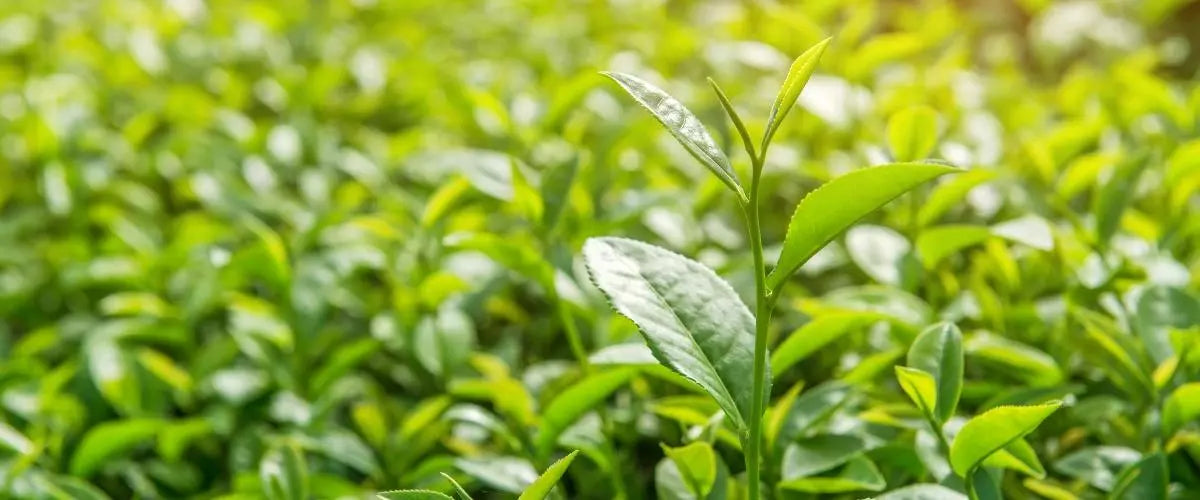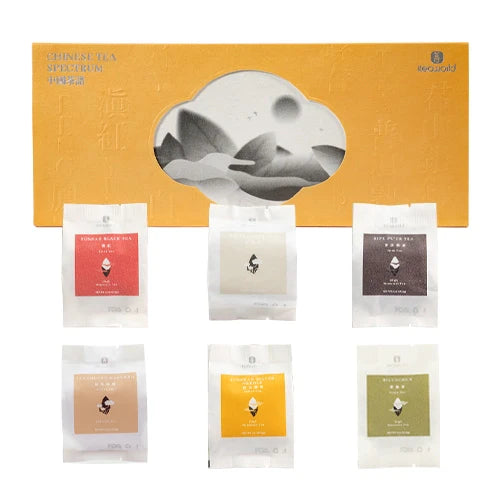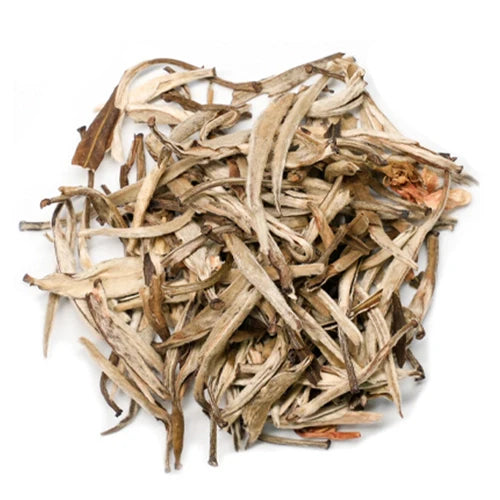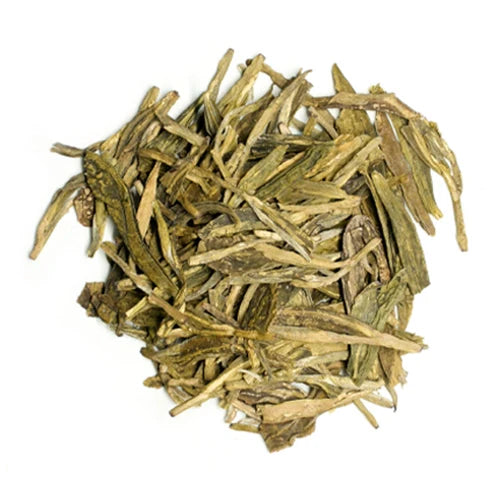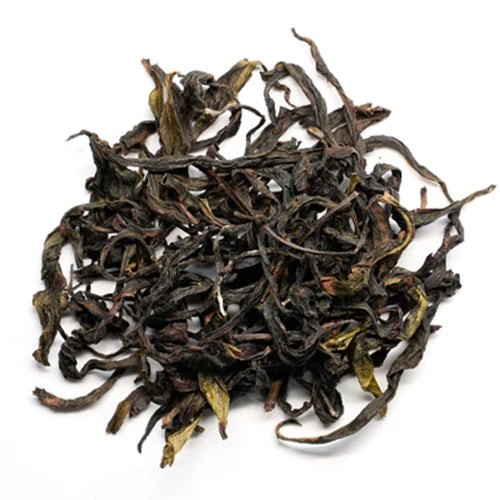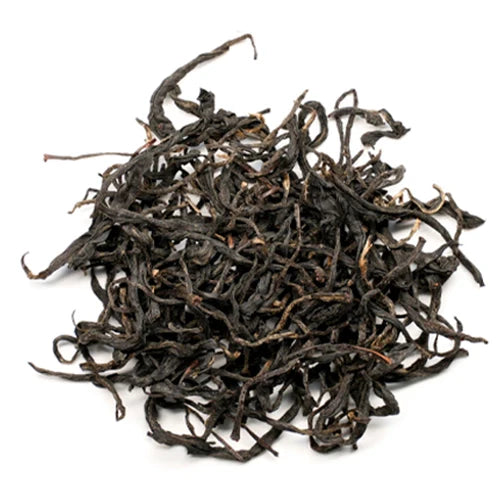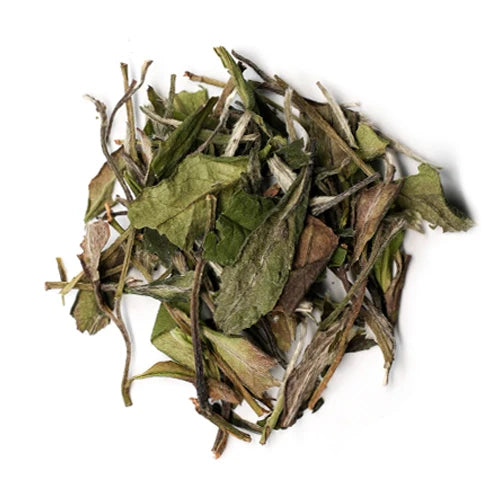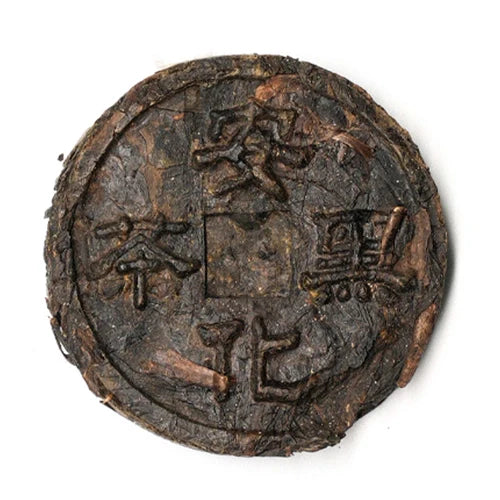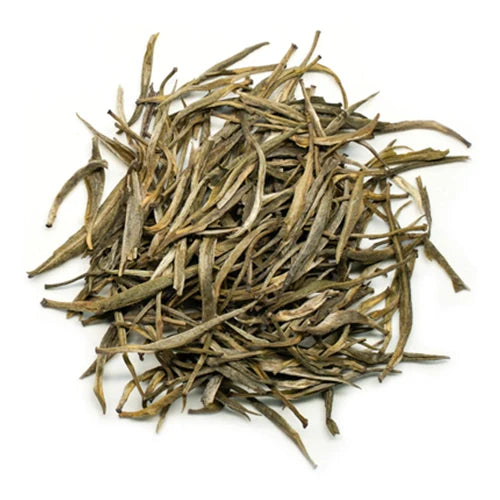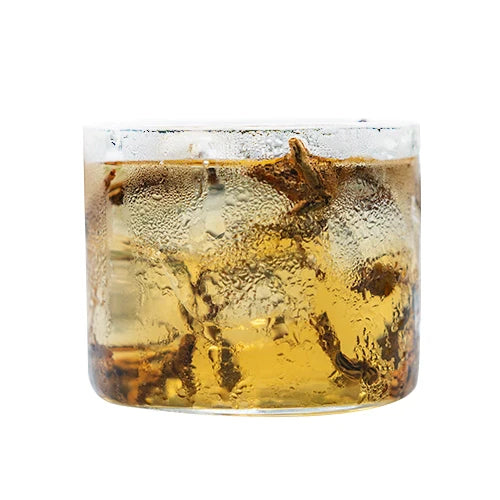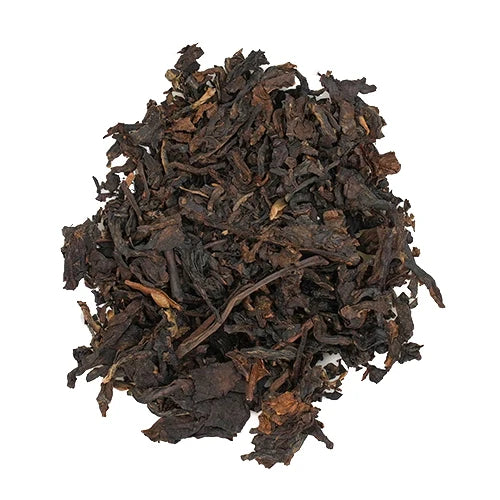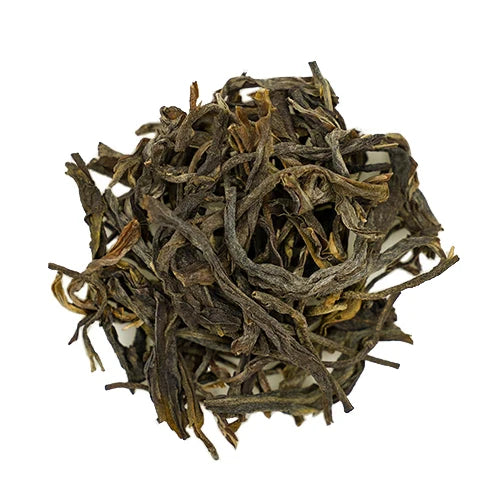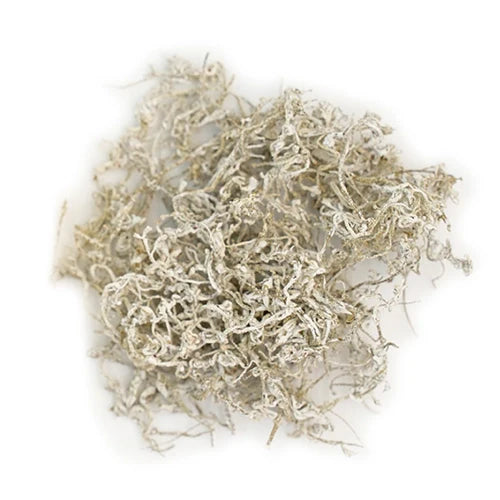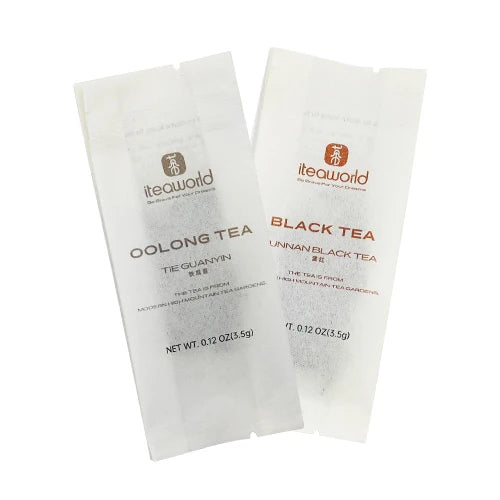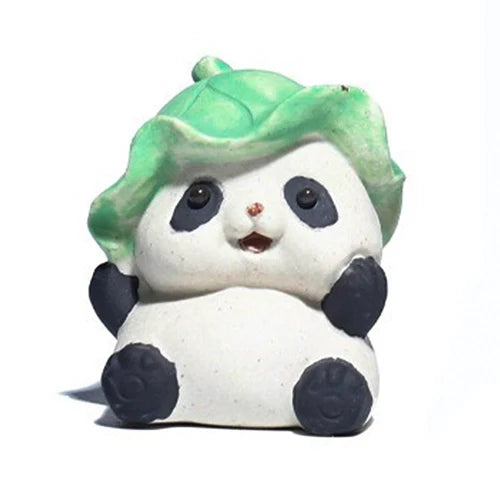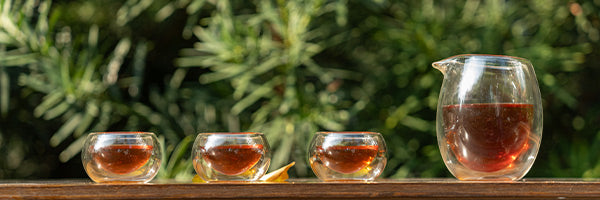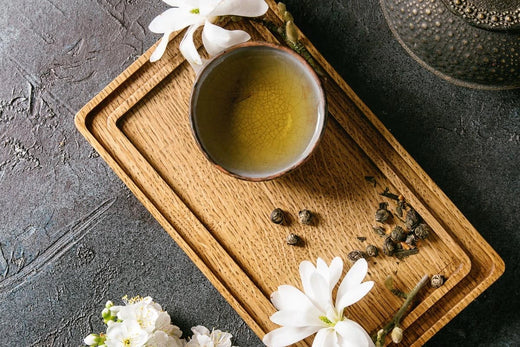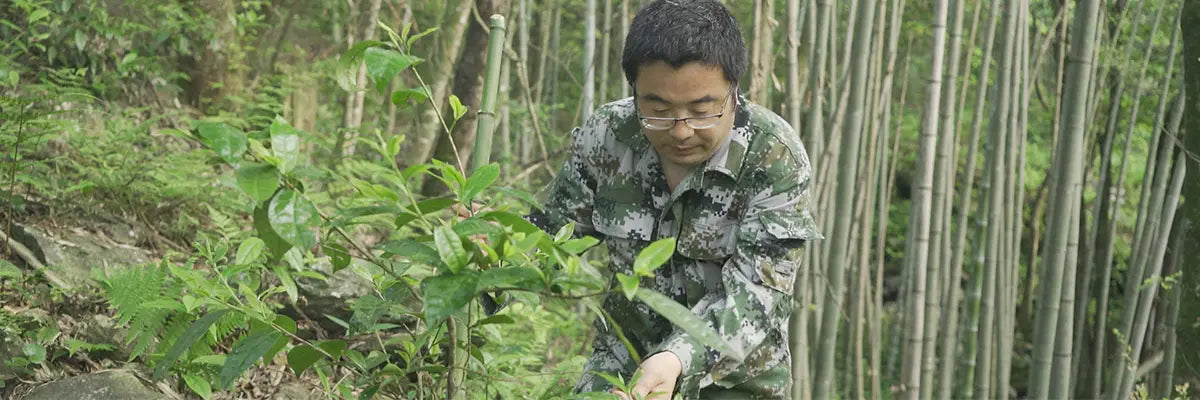Chinese green tea and Japanese matcha are renowned representatives of green tea worldwide.
While both belong to the same category of green tea, they differ in color, flavor, cultivation methods, processing, and varieties.
These differences not only reflect the unique tea cultures and historical backgrounds of the two countries but also influence the quality of the tea and consumer choices.
iTeaworld will delve into the differences between Chinese green tea and Japanese matcha in various aspects and help readers better understand and choose the right tea for themselves.
1. How do colors differ between Chinese green tea and Japanese matcha?
Color of Chinese Green Tea
The color of Chinese green tea ranges from light yellow-green to deep green, depending on the tea variety, origin, and processing methods.
For instance, West Lake Longjing tea appears tender green with a clear, bright brew, while Biluochun has a slightly lighter color with a hint of yellow-green.
Different processing methods, such as the temperature and time of fixing (killing the green), also affect the tea's color.
Color of Japanese Matcha
In contrast, Japanese matcha is typically a more vibrant color, ranging from bright green to deep green.
This vibrant green results from the shading cultivation process in the production of matcha, which suppresses the decomposition of chlorophyll and preserves the green color of the leaves.
Furthermore, after processing, matcha is ground into a fine powder, resulting in a more uniform and vibrant color with a rich green hue in the tea.
Impact of Color Differences
Color is not only a visual distinction but also reflects the internal components and quality of the tea.
The rich colors of Chinese green tea highlight the diversity of different origins and processes, while the fresh green of Japanese matcha emphasizes its high quality and unique production methods.
These color differences can influence consumer preferences—some may prefer the diversity and natural hues of Chinese green tea, while others may favor the vividness and uniformity of Japanese matcha.

2. What are the flavor differences between the two?
Flavor of Chinese Green Tea
The flavor of Chinese green tea varies significantly depending on the variety and region. Generally, it is fresh and aromatic, with some varieties carrying floral or fruity notes.
For example, Longjing tea has a sweet taste with a distinct bean aroma, while Biluochun features strong floral and fruity aromas.
Additionally, some high-quality Chinese green teas have a lingering sweetness, leaving a mild aftertaste.
Flavor of Japanese Matcha
Japanese matcha has a more intense and complex flavor, characterized by a distinct "smooth" sensation and sweetness.
Because matcha is consumed as a whole leaf in a powdered form, it contains higher levels of amino acids and polyphenols, giving it a unique umami flavor.
High-quality matcha also has a subtle sweetness and rich layers, with a smooth, long-lasting mouthfeel.
Reasons for Flavor Differences
The differences in flavor between Chinese green tea and Japanese matcha primarily stem from the handling and consumption methods of the tea leaves.
Chinese green tea is typically brewed in leaf form, preserving its natural aromas and flavors, while matcha is consumed as a powdered leaf tea, concentrating the nutrients and flavor compounds.
This results in a more intense flavor for matcha, which often requires special tea ceremony practices to fully appreciate its unique taste.

3. How do the cultivation methods of these two teas differ?
Cultivation Methods for Chinese Green Tea
The cultivation methods for Chinese green tea are diverse and vary by region. Most Chinese green teas thrive in sunny, temperate climates, such as Zhejiang Longjing and Anhui Huangshan Maofeng.
The tea trees generally receive full sunlight, promoting the production of polyphenols and caffeine, which contribute to the fresh aroma and rich flavor of the tea.
Cultivation Methods for Japanese Matcha
Japanese matcha, on the other hand, has its unique cultivation methods, notably the "shading cultivation" technique.
A few weeks prior to harvest, tea trees are covered to reduce direct sunlight, which increases the levels of amino acids and chlorophyll in the leaves.
This treatment results in greener leaves with a sweeter taste and reduced bitterness. The shading also enhances the accumulation of nutrients in the leaves, giving matcha its distinctive umami flavor.
Impact of Differences in Cultivation Methods
The significant differences in cultivation methods between Chinese green tea and Japanese matcha lead to variations in nutritional content and flavor.
Chinese green tea, grown in sunny environments, has higher levels of polyphenols, resulting in a more robust aroma and fresh taste.
In contrast, matcha's shading treatment increases amino acids and chlorophyll content, making it sweeter and richer in flavor.
These cultivation differences also reflect the varying cultural emphases around tea in the two countries.

4. How do the processing methods of these two teas differ?
Processing of Chinese Green Tea
1. Picking: Selecting the appropriate time and tenderness of the tea leaves to ensure quality.
2. Fixation: Using methods such as pan-firing or steaming to quickly heat the tea leaves and stop oxidation, preserving their green color and freshness.
3. Rolling: After fixation, tea leaves are rolled to break the leaf structure, allowing the juices to flow and intensify the flavor and aroma.
4. Drying: The leaves are gently dried to remove excess moisture, maintaining their fresh taste.
5. Sorting and Grading: The tea is sorted and graded based on the appearance and quality to ensure consistency.
Processing of Japanese Matcha
1. Steaming & Fixation: Matcha is primarily processed through steaming to retain its green hue and sweetness, unlike the pan-firing typically used for most Chinese green teas.
2. Grinding Process: Matcha undergoes stone grinding to convert the leaves into a fine powder, whereas Chinese green tea generally remains in leaf or broken leaf form.
3. Shading Treatment: This technique affects the cultivation and preserves more amino acids and chlorophyll during processing, contributing to matcha’s unique color and flavor.
4. Drying Methods: Matcha emphasizes rapid cooling to lock in freshness, while Chinese green tea utilizes various drying techniques to showcase its unique characteristics.
Impact of Processing Differences
The differences in processing lead to variations in the form, flavor, and nutritional content of the teas. The simpler processing of Chinese green tea allows it to retain its natural shape and aroma, while the more complex processing of matcha, involving shading and grinding, significantly enhances its sweetness and nutritional value. Additionally, the grinding process of matcha requires high skill and specialized equipment, contributing to its higher cost.

5. What are the distinctions in varieties between Chinese green tea and Japanese matcha?
Main Varieties of Chinese Green Tea
Chinese green tea includes a wide range of varieties, such as:
- Longjing Tea: Originating from Hangzhou, Zhejiang, characterized by its flat, smooth shape and unique bean aroma.
- Biluochun: From the shores of Taihu Lake in Jiangsu, known for its curled leaves and strong aroma.
- Huangshan Maofeng: Hailing from Huangshan, Anhui, with long, thin leaves and elegant fragrance.
- Xinyang Maojian: From Xinyang, Henan, fresh in flavor with a note of flower aroma.
- Lu'an Guapian: From Liu'an, Anhui, featuring a unique shape without distinction between bud and leaf.
These varieties reflect the climatic and soil conditions of different regions in China, forming a diverse green tea market.
Main Varieties of Japanese Matcha
Japanese matcha predominantly uses high-quality varieties like Uji tea, Sayama tea, and Gyokuro tea.
Uji tea, the most representative of matcha, is renowned for its high quality and unique flavor. Gyokuro is known for its extended shading, leading to higher amino acid content and a sweeter taste.
Matcha typically uses premium tender leaves that are carefully selected for production.
Impact of Variety Differences
The differences in varieties between Chinese green tea and Japanese matcha result in variations in flavor, color, and nutritional content. The diverse varieties of Chinese green tea and their unique aromas cater to various consumer demands. In contrast, matcha relies on a few high-quality varieties that emphasize sweetness and a refined palate. The selection and cultivation of these varieties reflect the differing priorities of tea producers in each country.

6. Why do the flavors of Chinese green tea and Japanese matcha differ?
Differences in Amino Acid and Polyphenol Content
There are significant differences in the levels of amino acids and polyphenols between Chinese green tea and Japanese matcha.
The shading cultivation in Japan increases the amino acid content while reducing the levels of polyphenols.
This results in a sweeter flavor with rich umami notes in matcha and less bitterness.
Meanwhile, the abundant sunlight for Chinese green tea leads to higher polyphenol content, contributing to its refreshing aroma and slight bitterness.
Influence of Processing Methods
The processing methods also play a crucial role in flavor differences. Japanese matcha’s steaming and grinding processes preserve more amino acids and chlorophyll, resulting in a sweeter, fuller-bodied flavor. In contrast, the fixation and rolling processes of Chinese green tea retain more polyphenols and natural aromas, leading to a crisper taste.
Role of Growing Environment
Shaded cultivation not only influences the chemical composition of the tea leaves but also alters their growing environment.
Matcha’s shaded trees grow with tender leaves, resulting in a more delicate taste. Conversely, Chinese green tea is generally grown in open areas with plenty of sunlight, leading to richer and more robust flavors.
How to Choose the Right Tea for You
A. For those who enjoy a fresh, slightly bitter flavor: Choose Chinese green tea. Recommended: Longjing or Huangshan Maofeng.
B. For those who prefer sweet, rich flavors: Opt for Japanese matcha. Recommended: Matcha.
C. For those needing a boost or to cool down: Chinese green tea, rich in polyphenols, provides stimulation and refreshment.
D. For gatherings with friends: A variety of green teas works well, offering different Chinese green teas and matcha for various preferences.
E. For those seeking relaxation and stress relief: Japanese matcha's high amino acid content can help calm the mind and alleviate stress.
The flavor differences between Chinese green tea and Japanese matcha arise from differences in growing methods, processing techniques, and tea varieties. Chinese green tea, with its rich polyphenol content and refreshing aroma, is widely loved, while Japanese matcha, with its sweet taste and rich flavor, holds a unique position in the tea market. Understanding these differences can help consumers select teas that match their personal preferences.
Conclusion
Chinese green tea and Japanese matcha, though both fall under the category of green tea, exhibit numerous differences in color, flavor, cultivation methods, processing, and varieties. These differences are rooted in the distinct tea cultures and historical backgrounds of the two countries, contributing to the unique appeal and market positioning of each type of tea. Knowing these differences enables consumers to better choose the tea that suits them and enjoy the health benefits and pleasures that tea brings.
Whether you prefer the diversity and natural flavors of Chinese green tea or the sweetness and delicacy of Japanese matcha, both can add rich color and unique taste experiences to your life. Choosing the right tea for yourself allows you to enjoy the peace and satisfaction that comes with each cup—a treasured aspect of tea culture.





